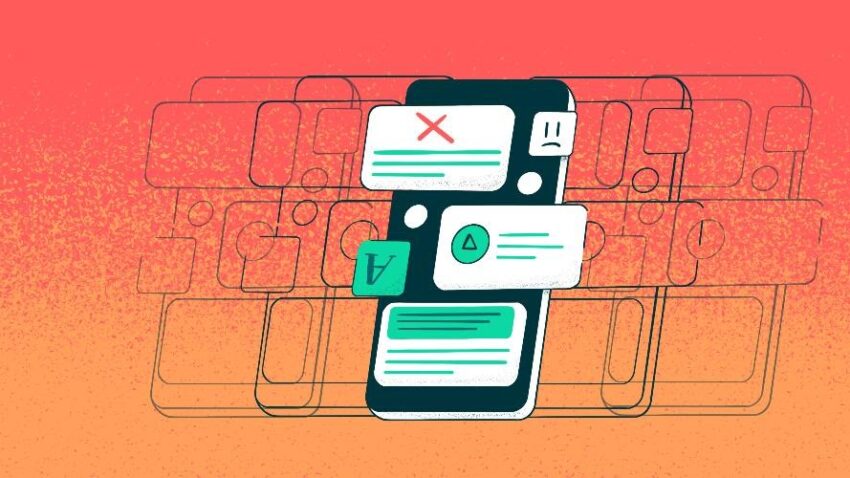Developing a mobile app brings tremendous excitement about the potential to engage users and grow your business. But without understanding some key pitfalls, your app could struggle right out the gate. Here we explore the five most common mobile app development mistakes and how to avoid them:
Mistake #1: No Market Validation

Many app entrepreneurs rarely validate the market appeal for their big idea, costing them dearly later. Perform extensive market research upfront. Analyze if your target users face pressing needs an app could address. How underserved is this niche and does launching first provide a competitive advantage? What substitutes currently cater to this audience? Understanding the existing solutions landscape is crucial context before sizable app development investments.
Interview and survey potential users across demographics to qualify product-market fit. Use platforms like PickFu to quickly assess reactions to app feature ideas at scale. Ensure your app purposefully fills an evident niche in the ecosystem.
Mistake #2: Overscoping Features

The excitement of a new app gives rise to endless fantastical capabilities to build in version 1. Product managers must carefully scope features to balance ambitious vision and pragmatism. Define your app’s core value proposition and identify ‘must-have’ versus ‘nice-to-have’ features accordingly. Overscoping features tightens budgets quickly and delays releasing an app providing focused utility fast.
Plan releases in phases. Determine feature priorities through user testing – even simple clickable prototypes reveal which capabilities matter most to users. Getting an app to market sooner helps gathering authentic customer feedback to guide smarter subsequent development.
Mistake #3: Design Inconsistencies

Even the most functionally sound apps frustrate users through inconsistent interfaces and confusing journeys. Maintain design language and UX paradigms aligned to platform conventions users expect. For native iOS apps, adhering to Apple’s Human Interface Guidelines trains user habits. Apps deviating from norms face harsh judgment.
Creating comprehensive style guides and wireframes early also streamlines collaboration between designers, developers and product teams. Invest in UX writing for clear communication at all touchpoints. Sweating these design details pays huge dividends in favorability and usability.
Mistake #4: Poor App Performance

You may have the most inventive app, but quality issues like crashes, errors and instability stops even downloading. Prioritizing performance early prevents later headaches. Set benchmarks for metrics like load times, lag and battery consumption and test frequently against these goals.
Pay attention to optimizing graphics, limiting network calls, using efficient navigation patterns and not overloading device capabilities. Building a seamless user experience should drive technical decisions rather than mere feature checkmarks.
Mistake #5: Weak App Security

With growing cybercrime, ensuring bulletproof security is non-negotiable, especially for apps dealing with sensitive user data. Employ encryption, tokenization and compartmentalization so no single hack jeopardizes entire systems. Automate security monitoring to catch anomalies in access patterns or activity spikes early.
Work with developers skilled in incorporating security by design. Validate readiness through extensive penetration testing before launch. Make app security central to architecture decisions rather than an afterthought to enable trust and peace of mind around user data.
While eager appetites envision game-changing apps, refusing to cut corners in these crucial areas saves much grief later. Research adequately and invest in deliberate planning for the foundations enabling breakout app success stories.

